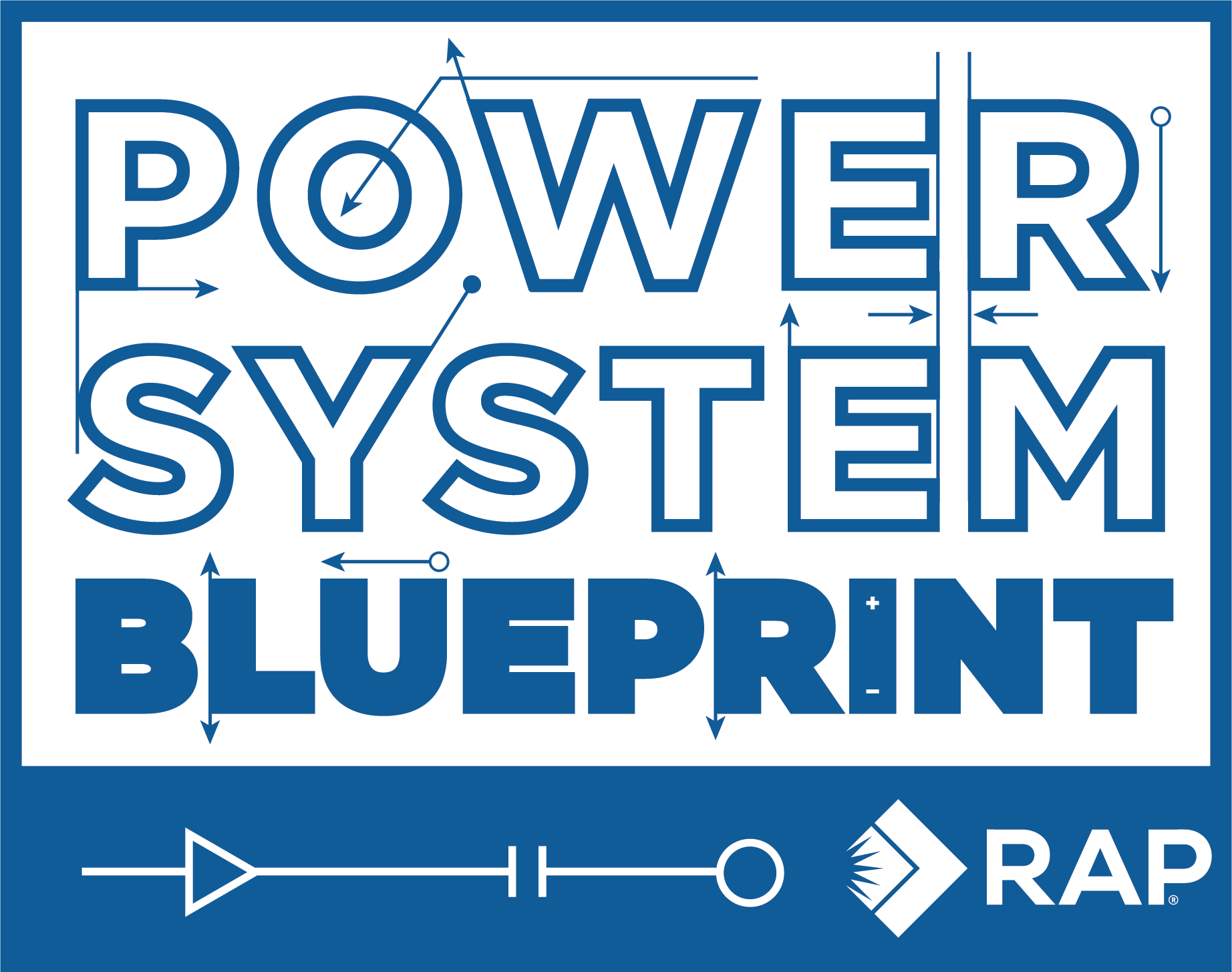SUMMARY
Declining fossil and legacy nuclear capacity needs to be replaced with clean resources, such that the decline of one class and the ascent of the other are synched. The policy portfolio that supports such an accelerated capacity swap will have to tackle overcapacity in electricity supply. Overcapacity is one of the main barriers to clean energy development. It deters investments by depressing prices and creates inertia when it comes to market adjustments for economic efficiency. Subsidies for electricity generation should have a limited role in realising a timely conversion of the electricity mix from fossil fuels to clean resources. Let the energy-only market correctly internalise the climate cost of fossil fuel energy and perhaps combine this market force with phase-out laws or a zero emissions portfolio standard, which can provide clarity regarding the end date for greenhouse gas-emitting resources.
WHAT
Phaseout of excess capacity, subsidies for fossil fuels and renewables; strengthening of carbon price
HOW
Improve ETS; phase out fossil generation by 2035, in line with Zero emissions Portfolio Standard
WHO
EU institutions, national authorities
WHEN
ETS review ongoing (ends 2023); subsidies phased out by 2025
The general principles for providing support are clear: provide support only when needed and make certain technologies that provide the same services compete on a level playing field; if support is needed, award it based on auctions. The European Commission uses these principles when assessing state aid in the energy sector, as in the 2022 draft of the Climate, Energy, and Environmental Aid Guidelines (CEEAG).
| Direct subsidy | Technology constraint | Phaseout |
|---|---|---|
| Volume (€/MWh) | Portfolio standard (tradable certificates) | Legal end date for operation |
| Capacity (€/MW) | Emission cap and trade (emission allowances) | Auction compensation for exit |
We consider four broad categories of market intervention directed at influencing the technology mix of power system resources, on the demand and the generation side. In all cases, these measures should be designed to interfere as little as possible with the proper functioning of energy markets.
The policy portfolio to direct the technology mix of the power system can consist of:
- Improving carbon pricing so that it aligns with economy-wide climate neutrality by 2050 and a zero emission power sector by 2035 (see Pricing GHG Emissions factsheet).
- Phasing out fossil fuel subsidies and unnecessary capacity mechanisms.
- Continuing auction-based two-sided contracts for different subsidies for renewable energy and other clean resources, for as long as needed.
- Legally requiring the exit of fossil fuel generation capacity or introducing a zero emissions portfolio standard that reduces the operational capacity of unabated fossil fuel generation to zero by 2035.
To overcome the market failure of insufficiently including climate change impacts in prices, the European Emissions Trading System (ETS) was set up to internalise the cost of future environmental damage by putting a price on greenhouse gas emissions covered by the ETS. It is of paramount importance that the cap on the tradeable allowances is set in line with climate goals.
The ETS alone will, however, likely not be able to drive the timely decarbonisation in the power sector. Additional policy measures will be needed, financial or otherwise.
Portfolio standards put an obligation on market parties to only use technologies meeting certain criteria. Examples include Renewable Portfolio Standards and Clean Energy Portfolio Standards in the United States and some EU countries that mandate increasing shares of renewable and clean energy sources in the supply mix. A zero emissions portfolio standard is the reverse: it gradually excludes certain technologies, such as coal, gas or nuclear, that supply customer demand. It has the advantage of offering clear target dates combined with technology neutrality within the boundaries of the portfolio. A compliance and enforcement structure is essential. A portfolio standard is most impactful for mobilising private sector investment if it is legally binding to make it more politically robust. The downside of having it alongside the existing emissions trading scheme is that it doubles the regulatory architecture and therefore increases at least the administrative cost of achieving decarbonisation.
European countries have extensive experience with coal and nuclear phaseout laws, sometimes combined with exit auctions such as in Germany.
A market loaded with excess capacity will not provide sufficient investment signals for the timely addition of clean resources. In this case, additional subsidies and other support may still be required for those clean resources (renewables, demand-side flexibility, long-term storage). Volume-based support schemes such as energy contracts for difference (CfD) are among the most well known and have been effective in increasing installed capacities of selected technologies. Competitive auctions to set the support level increase their cost effectiveness. Designing them as two-sided decreases risk of undue windfall profits. A drawback is their interference with price formation in the wholesale market, shielding generators from price risk and hence providing no incentive to align production with demand. Therefore, to the extent support is deemed necessary to deliver on ambitious decarbonisation targets and associated deployment of renewables, we recommend policy-makers draw on the latest wave of new innovative CfD designs that remedy these inefficiencies to ensure market friendliness (when available, see deep dive The search for two-sided CfD design efficiency — a Shakespearean history.)
Total economic commissioning and decommissioning per technology (MW)
Source: Entso-E. (2021). European Resource Adequacy Assessment: 2021 Edition.
Key Recommendations
- Improve carbon pricing so that it aligns with economy-wide climate neutrality by 2050 and a zero emission power sector by 2035.
- Phase out fossil fuel subsidies and unnecessary capacity mechanisms.
- Continue auction-based, two-sided contracts for different renewable energy subsidies and other clean resources for as long as needed, drawing on new innovative CfD designs to remedy these inefficiencies that ensure market friendliness (when available, see deep dive The search for two-sided CfD design efficiency — a Shakespearean history).
- Legally require the exit of fossil fuel generation capacity, or introduce a zero emissions portfolio standard that reduces the operational capacity of unabated fossil fuel generation to zero by 2035.
References and Further Reading
- Schlecht, I., Hirth, L. & Maurer, C. (2022). Financial Wind CfDs. ZBW – Leibniz Information Centre for Economics.
- Brown, T. & Reichenberg, L. (2021). Decreasing market value of variable renewables can be avoided by policy action. Energy Economics, 100.
- Bundesministerium für Wirtschaft und Klimaschutz. (2021). Monitoring der Angemessenheit der Ressourcen an den europäischen Strommärkten: Projektbericht – barrierefrei
- European Commission. (2021). Public consultation on the revised Climate, Energy and Environmental Aid Guidelines (CEEAG).
- Heeter, J., Speer, B., & Glick, M., (2019). International best practices for implementing and designing Renewable Portfolio Standard (RPS) policies. National Renewable Energy Laboratory.
- The London School of Economics and Political Science & the Grantham Research Institute on Climate Change and the Environment. (2018). What is a carbon price and why do we need one?
- National Renewable Energy Laboratory. Renewable portfolio standards.
- Published:
- Last modified: August 13, 2024

 Quick guide on how to use this website:
Quick guide on how to use this website: